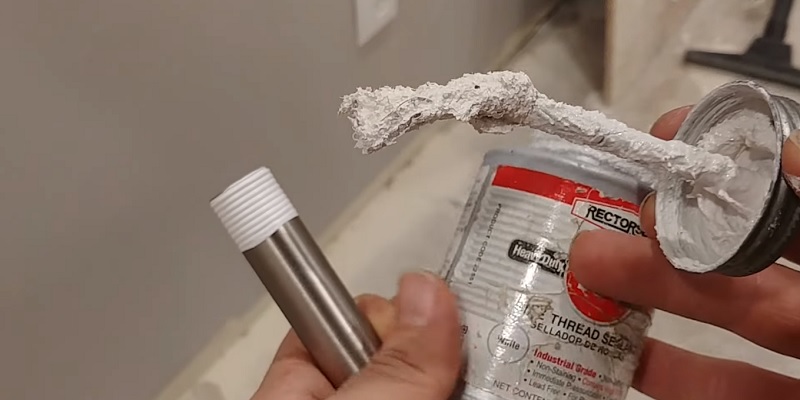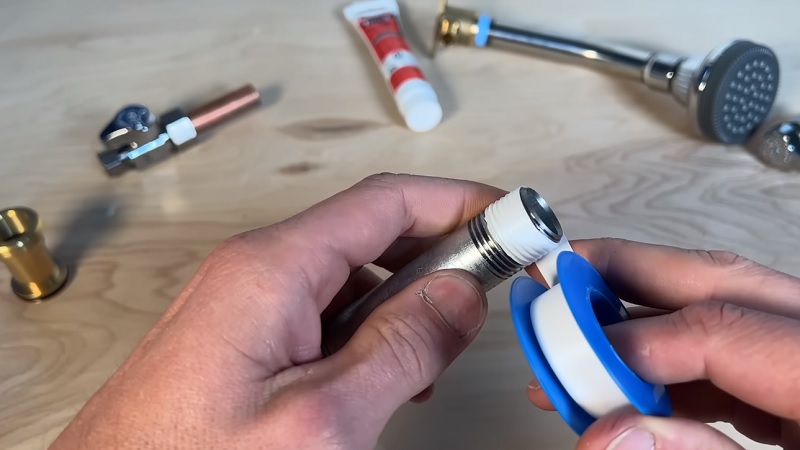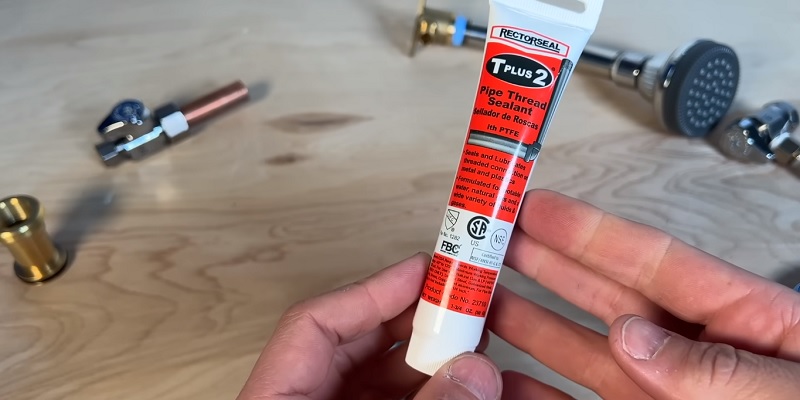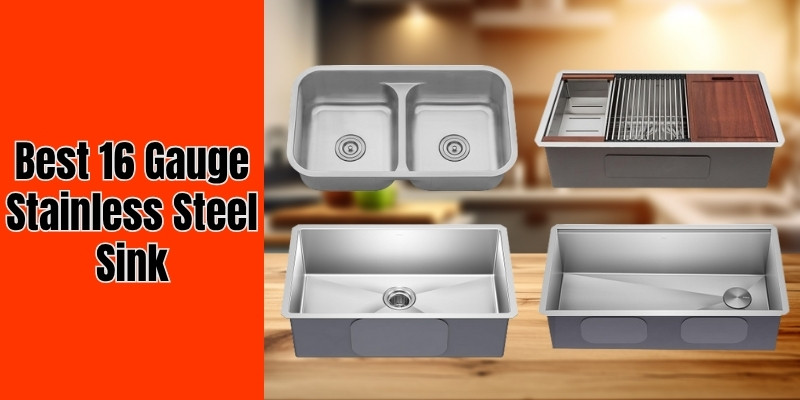Disclosure: This post contains affiliate links and I will be compensated if you make a purchase after clicking through my links. Learn More
Properly sealing pipe threads is crucial in plumbing repairs to prevent leaks and ensure the longevity of your plumbing system. Two common products used for this purpose are Teflon tape and pipe dope.
In this article, we’ll explore the differences between these two options and help you determine which one is best suited for your specific plumbing repair needs.

Understanding Teflon Tape
Teflon tape, also known as PTFE (polytetrafluoroethylene) tape, is a thin, non-adhesive tape commonly used in plumbing to seal pipe threads. It is made from a synthetic fluoropolymer that possesses excellent chemical resistance and low friction properties.
Teflon tape is easy to apply, resistant to corrosion, and can withstand a wide range of temperatures, making it a popular choice among DIY enthusiasts and professional plumbers alike.
Understanding Pipe Dope
Pipe dope, also referred to as thread sealant, is a viscous, paste-like compound used to seal and lubricate pipe threads in plumbing systems. It is typically made from a blend of ingredients, including mineral oil, clay, and various polymers.
Pipe dope is known for its adhesive nature, which helps it fill in any irregularities in the pipe threads, creating a tight and flexible seal. It is particularly effective in high-pressure environments and can withstand extreme temperatures.
Comparing Teflon Tape Vs Pipe Dope
Teflon tape and pipe dope are both commonly used for sealing pipe threads, but they have distinct characteristics and applications.
Ease of Use
Teflon tape is generally easier to use than pipe dope. To apply Teflon tape, simply wrap it around the pipe threads in a clockwise direction, ensuring complete coverage. Pipe dope requires a brush or applicator to spread the compound evenly over the threads, which can be messier and more time-consuming.
Effectiveness
Both Teflon tape and pipe dope are effective in sealing pipe threads and preventing leaks. However, pipe dope is often considered the superior choice for high-pressure applications, such as gas lines or large-diameter pipes. The adhesive nature of pipe dope allows it to fill in any gaps or irregularities in the threads, creating a more robust seal. Teflon tape, while still effective, may be more prone to leaks if not applied correctly or if the threads are damaged.
Versatility
Teflon tape is suitable for a wide range of plumbing applications, including water lines, compressed air systems, and low-pressure gas lines. It is compatible with various pipe materials, such as metal, plastic, and PVC. Pipe dope, on the other hand, is primarily used for metal-to-metal connections and is the preferred choice for gas lines and high-pressure systems. Some pipe dope formulations may not be suitable for use with certain plastics or potable water systems, so it’s essential to check the product label before use.
Durability
When applied correctly, both Teflon tape and pipe dope can provide long-lasting, leak-free seals. However, pipe dope may have a slight edge in terms of durability, especially in high-pressure or high-temperature environments. The adhesive properties of pipe dope allow it to maintain a strong seal even under extreme conditions, while Teflon tape may be more susceptible to degradation over time.
Cleanliness
Teflon tape is generally considered a cleaner option compared to pipe dope. It leaves no residue on the pipes and can be easily removed if necessary. Pipe dope, being a paste-like substance, can be messy to apply and remove, often requiring solvents or special cleaners to clean up any excess material.
Pros and Cons of Teflon Tape
Advantages:
- Easy to apply and remove
- Clean and residue-free
- Compatible with various pipe materials
- Suitable for a wide range of plumbing applications
- Resistant to corrosion and chemicals
Disadvantages:
- May be less effective in high-pressure environments
- Requires proper application technique to ensure a leak-free seal
- Can be prone to leaks if threads are damaged or tape is improperly applied
Pros and Cons of Pipe Dope
Advantages:
- Superior sealing capabilities in high-pressure environments
- Fills in irregularities and gaps in pipe threads
- Provides a flexible and durable seal
- Ideal for gas lines and large-diameter pipes
- Can withstand extreme temperatures
Disadvantages:
- Messier and more time-consuming to apply
- May require solvents or special cleaners for removal
- Not suitable for certain plastics or potable water systems
- Can be more difficult to achieve a clean, professional look
When to Use Teflon Tape

Teflon tape is the ideal choice for smaller diameter pipes, water lines, and applications where ease of use and cleanliness are crucial. It is particularly well-suited for DIY plumbing projects, as it requires minimal tools and expertise to apply correctly. Teflon tape is also a good option for low-pressure gas lines, such as those found in propane grills or small appliances.
When to Use Pipe Dope

Pipe dope is the preferred choice for gas lines, larger diameter pipes, and high-pressure applications. Its superior sealing capabilities make it the go-to option for professional plumbers when working on critical plumbing systems. Pipe dope is also recommended for metal-to-metal connections, as it helps prevent corrosion and provides a more robust seal.
Insights from Plumbers
Professional plumbers often have strong opinions on the use of Teflon tape versus pipe dope. Many plumbers prefer pipe dope for its reliability and effectiveness in high-pressure situations. They appreciate its ability to fill in imperfections in the pipe threads, creating a more secure seal.
However, some plumbers also recognize the benefits of Teflon tape, particularly for smaller, low-pressure applications. They value its ease of use and the fact that it leaves no messy residue behind.
Ultimately, the choice between Teflon tape and pipe dope often comes down to personal preference and the specific requirements of the plumbing repair at hand. Many plumbers keep both products in their toolkits to ensure they have the right solution for any situation.
Applying Teflon Tape
- Begin by ensuring the pipe threads are clean and free of any debris, old tape, or dope.
- Hold the end of the Teflon tape against the pipe threads, leaving a slight overhang.
- Wrap the tape around the threads in a clockwise direction, overlapping each wrap by about 50%.
- Continue wrapping the tape until you have covered the entire threaded portion of the pipe, typically 3-5 wraps.
- Carefully tear off the tape and press the end firmly against the wrapped threads to secure it in place.
Applying Pipe Dope
- Clean the pipe threads thoroughly, removing any old dope, tape, or debris.
- Using a brush or applicator, apply a thin, even layer of pipe dope to the male threads of the pipe, covering them completely.
- Avoid applying too much dope, as excess material can cause blockages or leaks.
- Carefully connect the pipes, tightening them securely with a wrench or pliers.
- Wipe away any excess pipe dope that may have squeezed out during the connection process.
Frequently Asked Questions
Can you use both Teflon tape and pipe dope together?

While it is possible to use both products together, it is generally not recommended. Using both Teflon tape and pipe dope can lead to over-application, which may cause blockages or leaks. Stick to using one product or the other for the best results.
Which is better for sealing gas lines?
Pipe dope is the preferred choice for sealing gas lines due to its superior sealing capabilities and ability to withstand high-pressure environments. Many building codes and regulations require the use of pipe dope for gas line connections.
How do you remove old pipe dope or Teflon tape?
To remove old pipe dope, use a wire brush or abrasive pad to scrub away the excess material. For stubborn residue, apply a small amount of solvent or degreaser and let it sit for a few minutes before scrubbing. To remove old Teflon tape, simply unwrap it from the threads and discard it. Use a wire brush to clean any remaining debris from the threads.
Final Thoughts
Choosing between Teflon tape and pipe dope for your plumbing repairs ultimately depends on the specific scenario you’re facing. Consider the type and size of the pipes, the pressure of the system, and the nature of the application when making your decision. Teflon tape is ideal for smaller, low-pressure applications and offers a clean, easy-to-use solution. Pipe dope, on the other hand, is the go-to choice for high-pressure environments, gas lines, and larger diameter pipes, providing a durable and flexible seal.
By weighing the pros and cons of each option and understanding their best use cases, you can make an informed decision that will ensure the success and longevity of your plumbing repairs.
Now that you’ve learned about the differences between Teflon tape and pipe dope, we’d love to hear about your own experiences! Share your tips, tricks, and any questions you may have in the comments below. If you found this article helpful, be sure to check out our other guides on plumbing maintenance and repairs to keep your home’s plumbing system in top shape.


